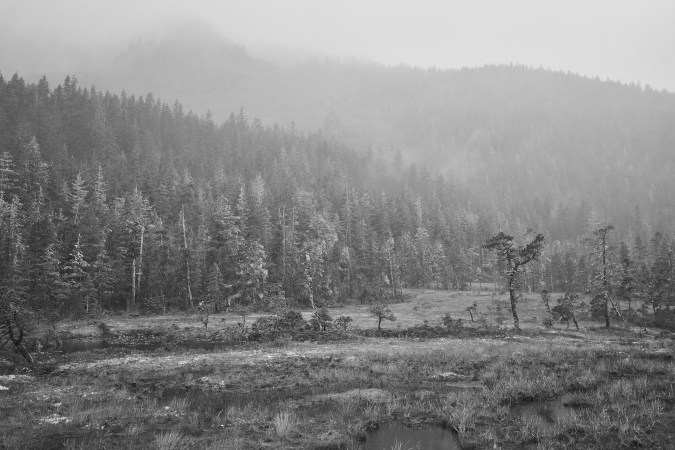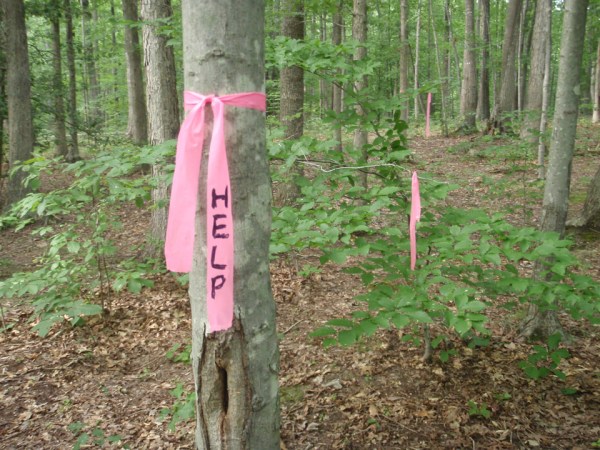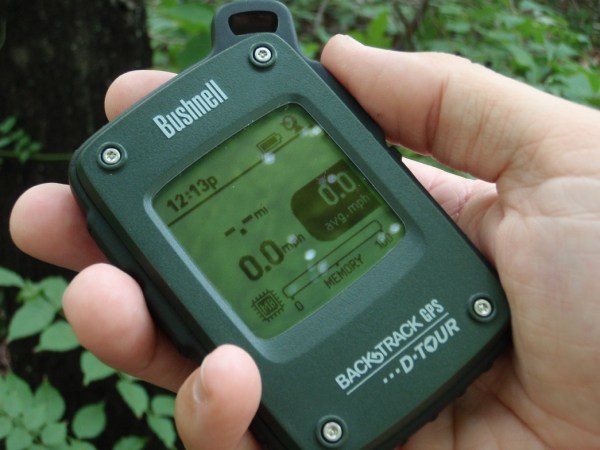Just a moment ago, you were sure you were on the return trail to camp, but suddenly your surroundings look totally unfamiliar. You turn around and around, looking for some sign of a trail-but there is none. Now you aren’t even sure which way led you to this spot. You’re lost. Here’s how to find your way home.
Map Your Way In
To avoid getting lost, never stray from a known path; never explore beyond the known horizon, right? Well, what fun is that? Assuming you’re not going to live your life in a bubble, you need a few techniques to keep you found no matter where you wander. With these techniques, you still remain on “known paths”-the trick is that you make them known to yourself as you go.
The first key is to slow down and enjoy the land around you. Study the slope of the ground, the way the natural drainages flow and the direction in which the trees bend. Identify eye-catching landmarks: an old white snag of a tree, a particular lichen-covered boulder, a bare patch on the far hillside. Get a feel for the land surrounding you and absorb as much visual input as possible. Put yourself there in your mind. This is how you make the path known to you, so that any time you see these things again you will know where you are.
Study Your Back Trail
The trouble is, even though you get to know a path as you travel in one direction, it will look very different to you on the return trip. The shapes and even the colors of things are different. What was visible on the trip up the trail may be concealed on the way out. To keep track of where you are, it is crucial that you occasionally turn around and look back at the landscape. What structures are visible from this direction? Have you left tracks? Study the back trail every hundred yards as if your life depended upon it (because it actually might). Make written notes on your topo map; even sketch landmarks on the map to correspond to what you see.
Mark your progress
Remember Hansel and Gretel, those kids who were led off into the woods to become lost? Hansel was smart enough to drop pebbles to mark the trail back home. You can do the same thing when you travel in very dense forest, or in low-light or foggy conditions. Use brightly colored surveyor’s tape instead of pebbles. Pluck off a six-inch ribbon and attach it to a twig at eye-level. In dense conditions, you may need to do this quite often. The rule is always to place a new marker while you’re still able to see the last one. Also attach the markers so they will be visible from a back-trail perspective. Snatch up all the trail markers on your return trip, or when you leave the area completely.
Carry a power map
A Global Positioning System (GPS) device is the ultimate trail of pebbles. If you have a pocket GPS, you should use it to mark waypoints as you hike. When it’s time to head back to camp, you can simply follow the return route. The GPS will tell you in which direction to go and how far you have to travel as you retrace your steps from waypoint to waypoint.
The nice thing about GPS is that it works in the fog and in the dark, when surveyor’s ribbon may not be visible. On the downside, the dependence on batteries is a weak link. Always carry spares with you. And sometimes bad weather or mountains will block the satellite beam. So don’t use your GPS as a crutch. It’s not a substitute for true survival skills.













